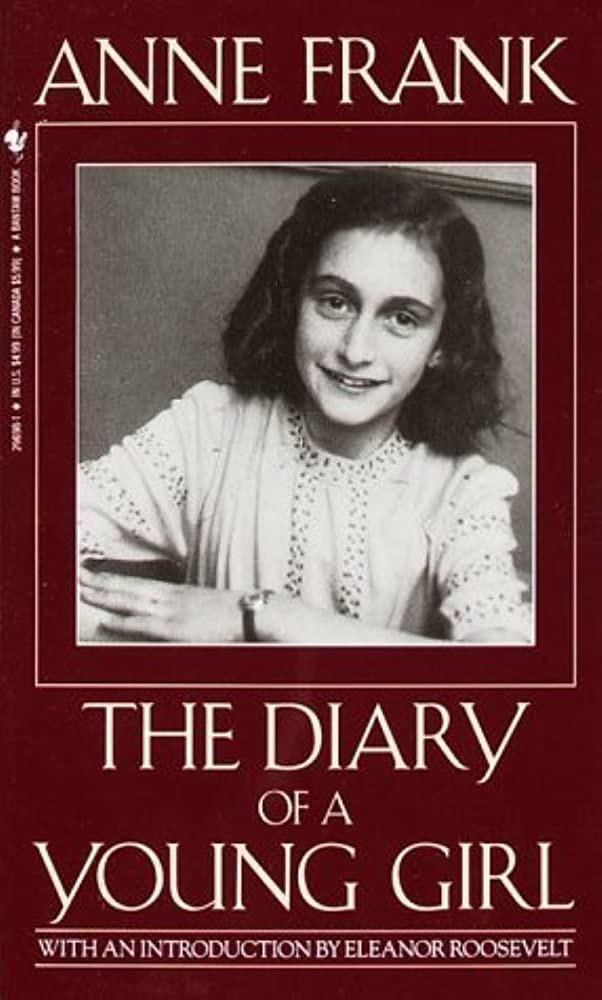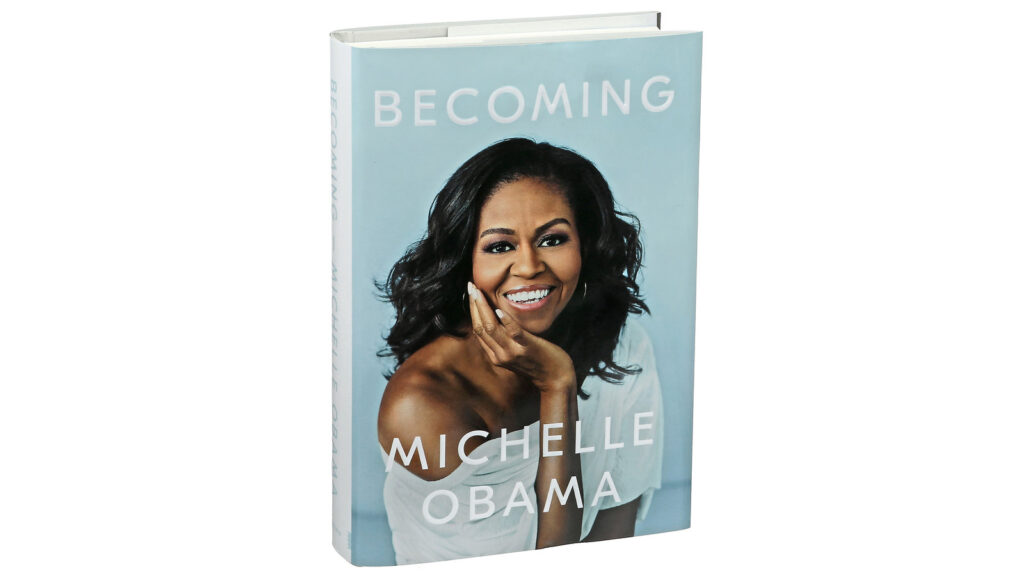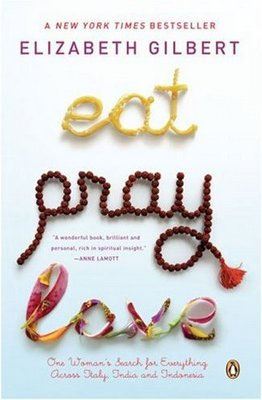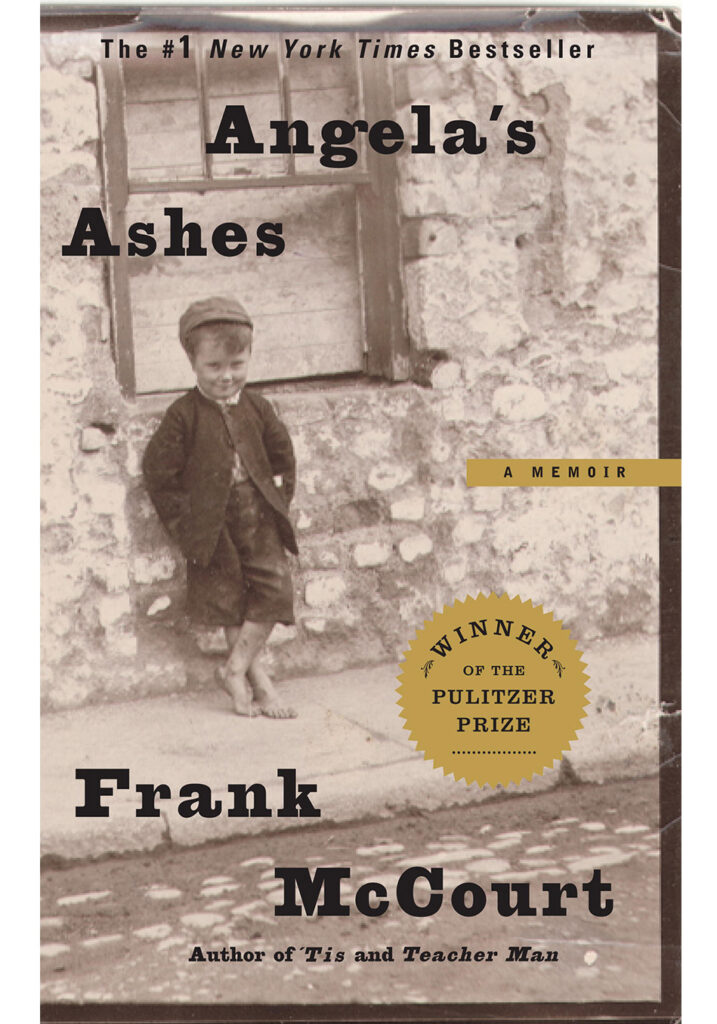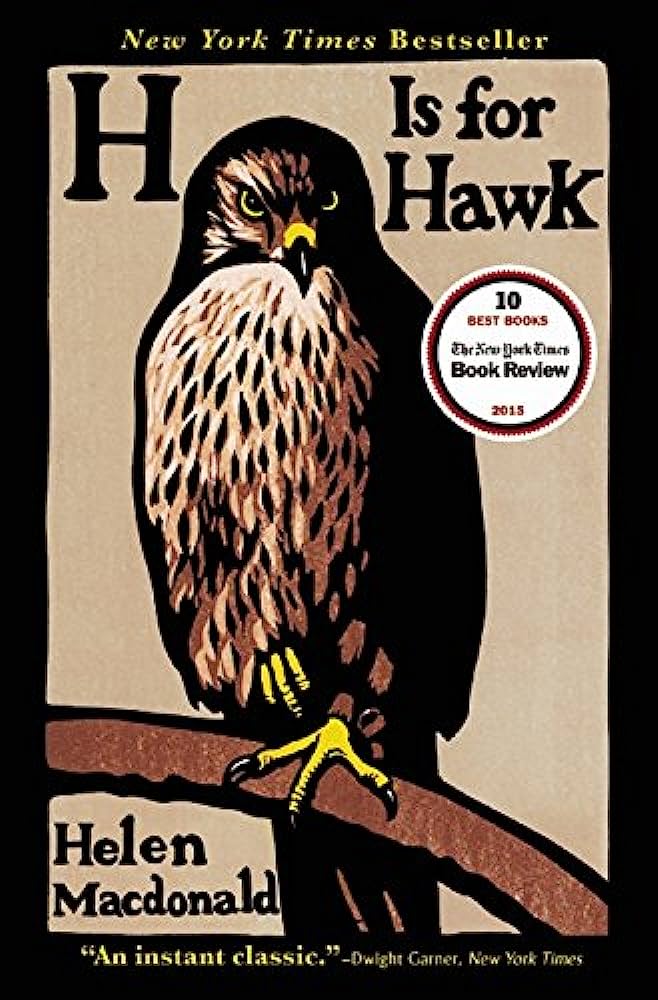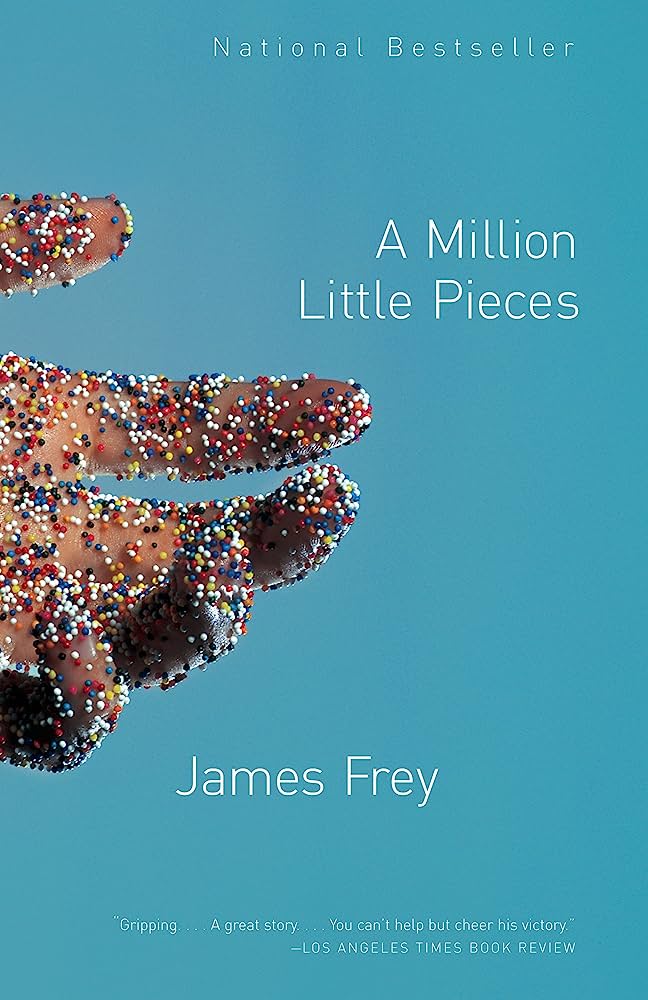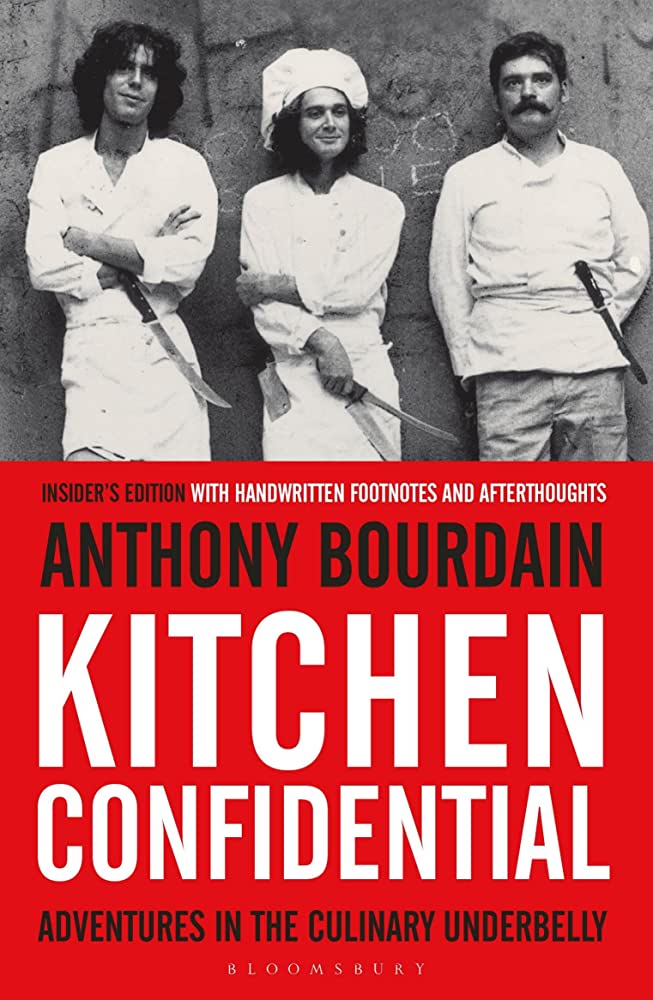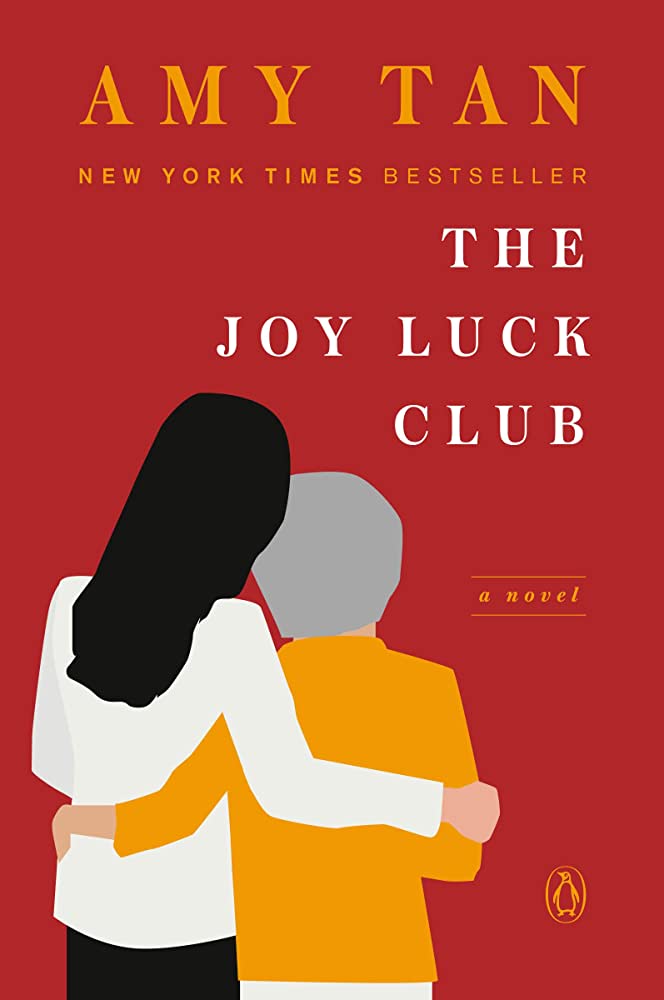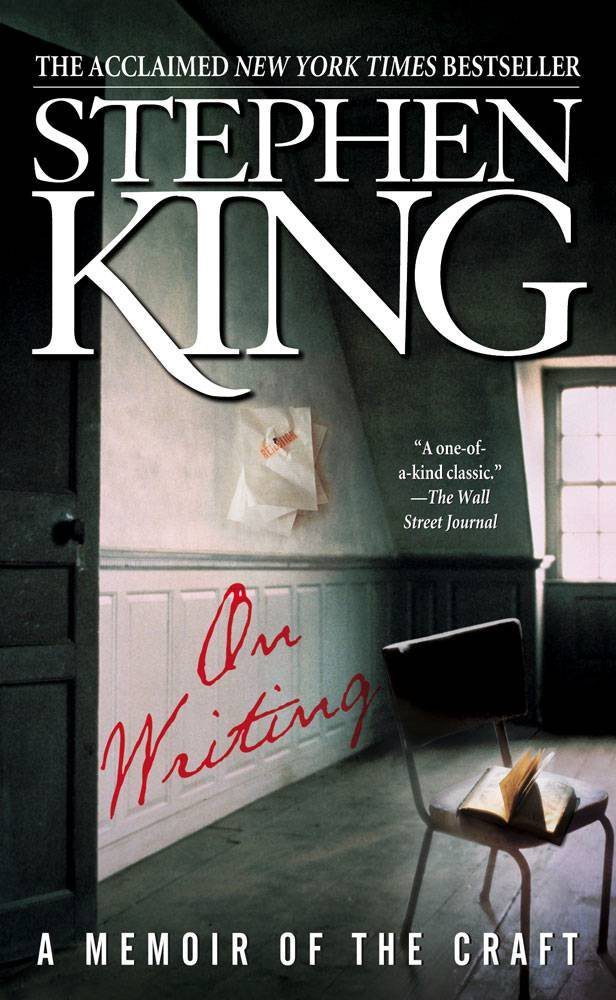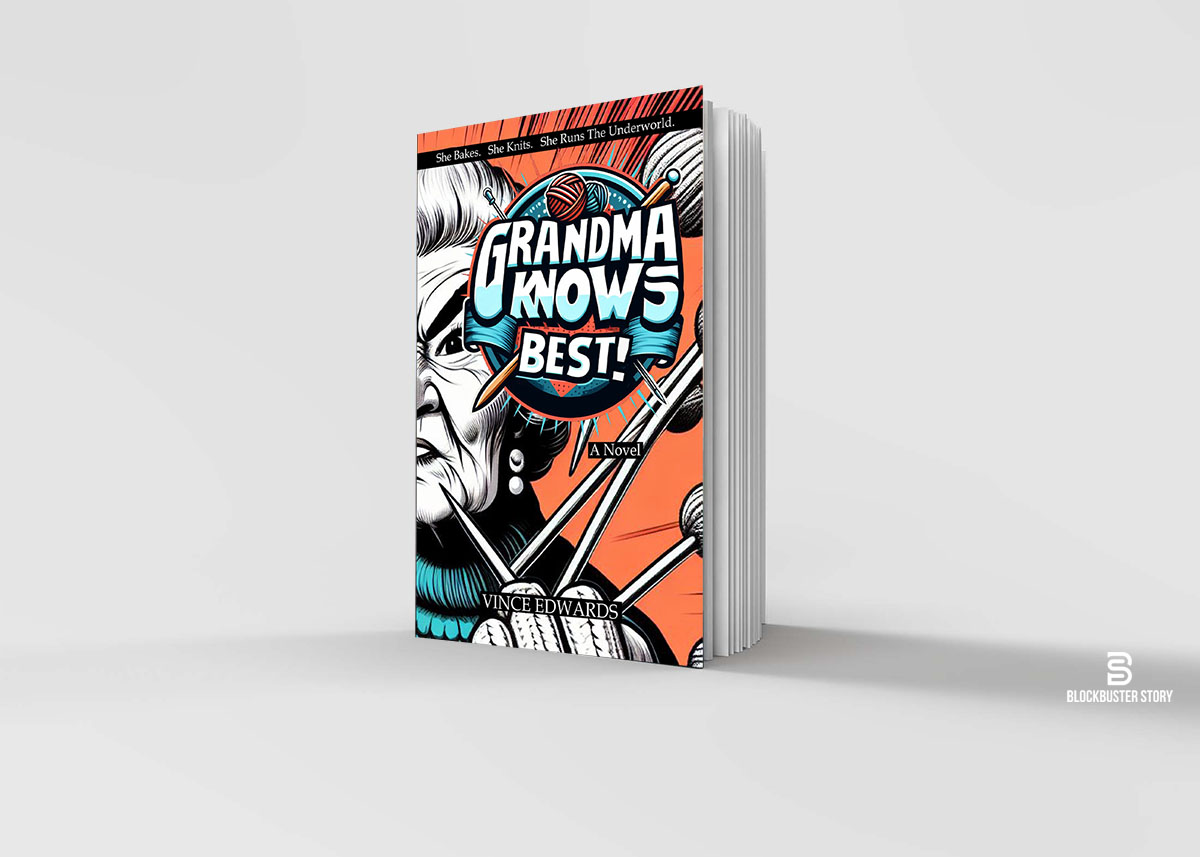Memoirs are a captivating literary genre that allows individuals to share their personal experiences, insights, and reflections with the world.
While memoirs often revolve around the author’s life, there are various subgenres within the broader category that offer unique perspectives and storytelling techniques.
In this blog post, we will delve into 12 different types of memoir, highlighting their distinctive characteristics and examples.
1. Traditional Memoir
The traditional memoir is the most recognizable form, encompassing a chronological narrative of the author’s life.
It typically covers a significant period, focusing on key events, relationships, and personal growth.
Popular examples include “The Diary of a Young Girl” by Anne Frank and “The Glass Castle” by Jeannette Walls.
2. Celebrity Memoir
Celebrity memoirs provide readers with insights into the lives of well-known individuals, such as actors, musicians, or politicians.
These memoirs often delve into the ups and downs of fame, offering behind-the-scenes stories and personal struggles.
Examples include “Bossypants” by Tina Fey and “Becoming” by Michelle Obama.
3. Travel Memoir
Travel memoirs transport readers to different parts of the world through the author’s experiences and encounters.
They blend personal narratives with cultural observations, creating a rich tapestry of exploration and self-discovery.
Elizabeth Gilbert’s “Eat, Pray, Love” and Bill Bryson’s “A Walk in the Woods” are prime examples.
4. Childhood Memoir
Childhood memoirs focus on the author’s formative years, capturing the essence of their early life and upbringing.
These narratives evoke a sense of nostalgia and reflect on the influences that shaped their identity.
“Angela’s Ashes” by Frank McCourt and “The Color of Water” by James McBride fall into this category.
5. Historical Memoir
Historical memoirs provide a personal perspective on significant historical events or periods.
They offer firsthand accounts of war, social movements, or political upheavals, providing a unique window into the past.
“The Diary of a Young Girl” by Anne Frank is a poignant example of a historical memoir.
6. Nature Memoir
Nature memoirs celebrate the beauty of the natural world and the author’s connection to it.
These works often explore themes of environmentalism, conservation, and the author’s personal relationship with nature.
“Wild” by Cheryl Strayed and “H is for Hawk” by Helen Macdonald exemplify this genre.
7. Recovery Memoir
Recovery memoirs focus on overcoming personal challenges, such as addiction, mental health issues, or trauma.
They offer hope, inspiration, and insight into the journey of recovery and personal transformation.
Notable examples include “A Million Little Pieces” by James Frey and “Brain on Fire” by Susannah Cahalan.
8. Culinary Memoir
Culinary memoirs center around the author’s relationship with food, exploring the intersection of culture, memory, and gastronomy.
These memoirs often incorporate recipes, anecdotes, and reflections on the transformative power of food.
“Julie and Julia” by Julie Powell and “Kitchen Confidential” by Anthony Bourdain belong to this genre.
9. Immigrant Memoir
Immigrant memoirs shed light on the experiences of individuals who have migrated to a new country, exploring themes of cultural assimilation, identity, and the pursuit of the American Dream.
“The Joy Luck Club” by Amy Tan and “The House on Mango Street” by Sandra Cisneros exemplify the immigrant memoir genre.
10. Military Memoir
Military memoirs offer a glimpse into the lives of individuals who have served in the military.
These memoirs often recount the challenges, sacrifices, and camaraderie experienced during times of conflict.
They provide personal narratives that humanize the realities of war.
Examples include “American Sniper” by Chris Kyle and “Unbroken” by Laura Hillenbrand.
11. Sports Memoir
Sports memoirs revolve around the author’s experiences in the world of athletics, showcasing their journey, achievements, and the lessons learned through sports.
These memoirs inspire readers with tales of perseverance, teamwork, and the pursuit of excellence.
“Open” by Andre Agassi and “The Boys in the Boat” by Daniel James Brown are notable examples.
12. Literary Memoir
Literary memoirs explore the writer’s craft and their relationship with literature and storytelling.
They delve into the author’s creative process, influences, and the power of words.
These memoirs offer insights into the art of writing and the personal connection between authors and their work.
“On Writing” by Stephen King and “The Liars’ Club” by Mary Karr belong to this genre.
Memoirs Come in Various Forms
Memoirs come in various forms, each offering a unique lens through which to explore personal stories.
From traditional memoirs that chronicle a life’s journey to celebrity memoirs that provide a glimpse into the world of fame, these genres captivate readers and offer profound insights.
Whether it’s through travel, nature, recovery, or the exploration of cultural identity, memoirs have the power to connect, inspire, and foster empathy.
So, pick up a memoir that resonates with you, and embark on a transformative literary journey.
Writing Your Own Memoir
If you’ve been inspired by the diverse genres of memoirs and feel compelled to share your own personal story, here are some key steps to consider when writing your memoir:
Reflect on your life:
Take the time to reflect on your life experiences and identify the key themes, events, and lessons that have shaped you.
Consider what makes your story unique and what you hope to convey to your readers.
Choose your focus:
Determine the specific focus or angle you want to explore in your memoir.
Will it be a chronological narrative of your entire life or will you zoom in on a particular phase, relationship, or theme?
Finding a central focus will help you structure your memoir effectively.
Outline your narrative:
Create an outline or a loose structure for your memoir.
This will serve as a roadmap as you navigate through your memories and ensure that your story flows logically and engages your readers.
Consider organizing your chapters around significant events or themes.
Honesty and authenticity:
Memoirs thrive on honesty and authenticity. Embrace vulnerability and share your story with integrity.
Readers connect with genuine experiences and emotions, so don’t be afraid to delve deep and reveal your true self.
Develop your voice:
Find your unique voice as a writer.
Experiment with different writing styles and tones until you discover the one that best represents your personality and resonates with your story.
Your voice will bring your memoir to life and make it more relatable.
Show, don’t tell:
Instead of simply stating facts, strive to show your experiences through vivid descriptions, dialogue, and sensory details.
This will immerse readers in your story and make it more engaging. Allow them to experience the moments alongside you.
Craft compelling characters:
Characters in memoirs are real people, including yourself and those who have played significant roles in your life.
Develop these characters with depth, capturing their unique personalities, motivations, and impact on your story.
Balance personal and universal themes:
While your memoir is a personal story, aim to touch on universal themes and emotions that can resonate with a wider audience.
Connect your experiences to broader human experiences, allowing readers to find meaning and relevance in your narrative.
Edit and revise:
Once you have completed your initial draft, go through multiple rounds of editing and revision.
Pay attention to the clarity of your writing, the pacing of the story, and the overall structure.
Seek feedback from trusted readers or consider working with a professional editor.
Respect privacy:
While it’s important to be honest in your memoir, be mindful of the privacy and feelings of the individuals involved.
Consider using pseudonyms or altering certain details to protect the identities of others if necessary.
Embrace the journey:
Writing a memoir can be a cathartic and transformative process.
Embrace the journey of self-discovery and growth that comes with delving into your own story.
Enjoy the process and allow yourself to be fully immersed in the act of writing.
Share your story:
Once your memoir is complete, consider sharing it with the world.
Explore publishing options, such as traditional publishing or self-publishing, and engage with communities of writers and memoir enthusiasts who can provide support and guidance.
Writing a memoir is a profound and rewarding endeavor that allows you to share your unique perspective with others.
Embrace the power of storytelling and embark on the journey of crafting a memoir that will captivate readers and leave a lasting impact.


